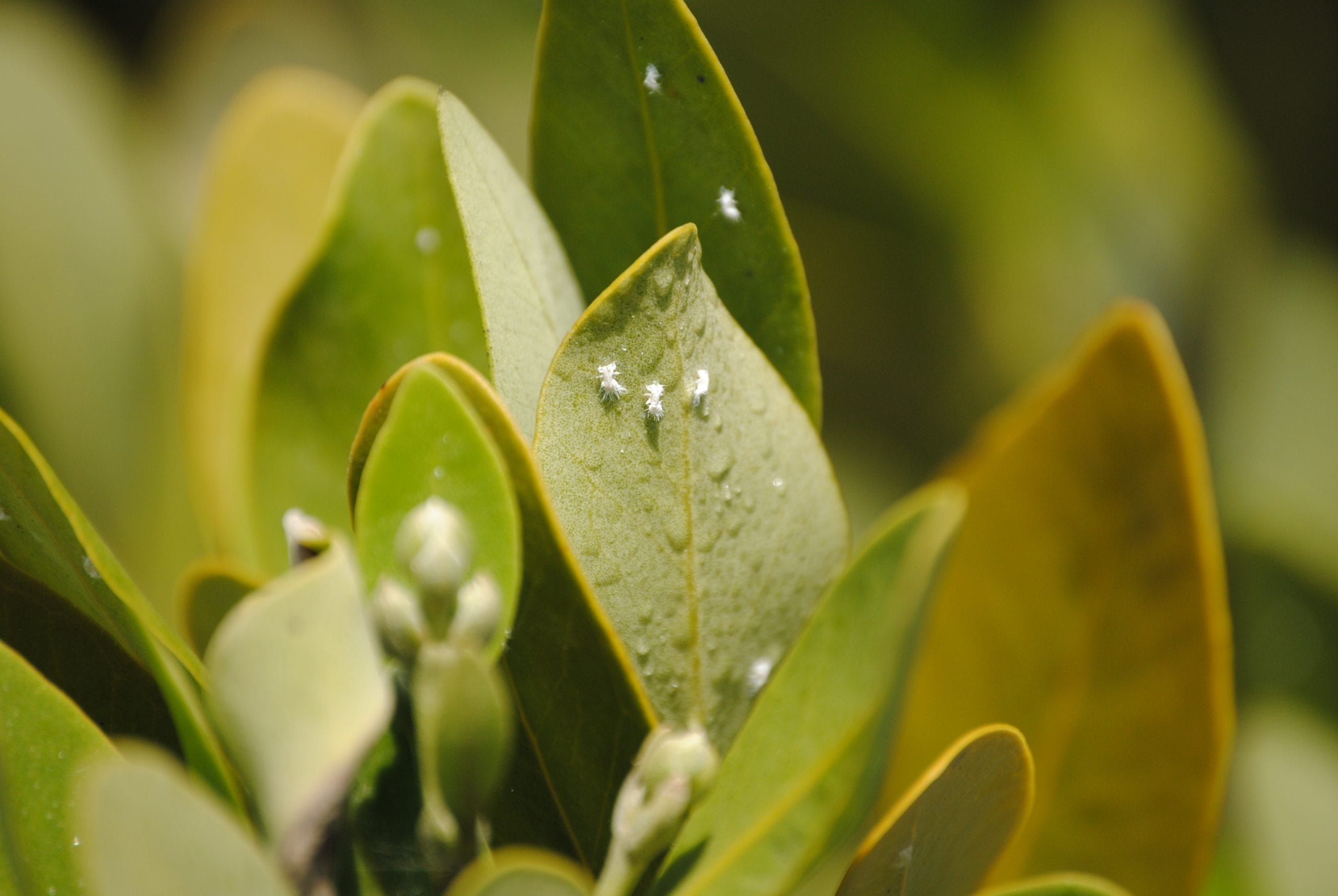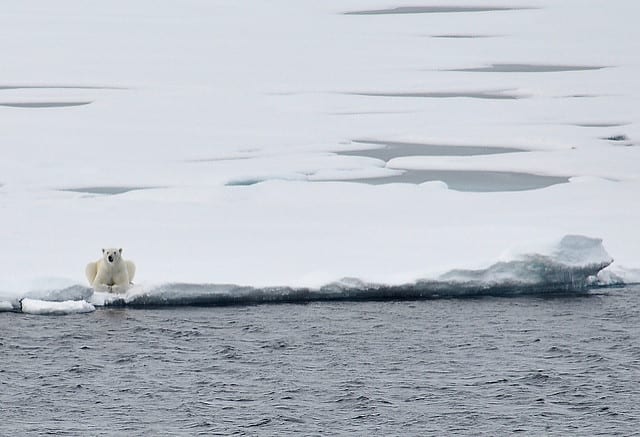Slightly off the Californian coast, battle lines are drawn. On one side lies a purple, spiny, extraterrestrial-looking creature intent on eating all plant life in its path. On the other, an equally eccentric echinoderm in the shape of a star awaits that same creature as its next meal. The battleground between them is overshadowed by a forest of giant kelp encompassing nearly every square foot of surrounding water. Let the battle begin!
The battle just described is a very real one, and the future of these majestic underwater kelp forests may depend on its outcome. Giant kelp grows in dense, underwater forests and can reach up to 175 feet from the seafloor to the surface in ideal conditions, adding anywhere from 3-5 inches per day.
These forests are found off the western coast of the U.S. and play an integral role in the underwater ecosystem. According to the International Union for Conservation of Nature, they store around 60 million metric tons of carbon, which is critical for the surrounding marine life. Marine mammals like sea lions rely on fish that inhabit kelp forests as a food source while grey whales use them as a hideout from predacious killer whales. In total, kelp forests provide food and shelter for over 1,000 species of plants and animals. However, the future of these forests and the species that rely on them is at risk.
The most devious warrior in this battle is the purple sea urchin, a spiny creature with a ravenous appetite for kelp. Since 2014, kelp forests off the coast of Northern California have been reduced by around 90%, largely due to consumption by purple sea urchins. Recently, their population has exploded resulting in expansive swathes of seafloor solely dominated by urchins called ‘urchin barrens'. In a study conducted on an Oregon reef, there was a 10,000% increase in purple urchin population numbers from 2014 to 2019. The cause of this increase brings us to our protagonist, a star-shaped knight in tentacled armor: the sunflower sea star.
Simply put, the sunflower sea star is a brawny beast. It's found only in the coastal Pacific region. Spanning up to 3 feet in diameter with 24 arms at maturity, it is the largest and fastest sea star in the ocean. They utilize 15,000 suckered tube feet to capture and devour crabs, sea cucumbers, and snails. Vital to our battle scene, the sunflower sea star is one of the only natural predators of this purple brute. In addition to sea otters, whose populations have also been declining due to past hunting, the sunflower sea star keeps urchin populations in check and thus giant kelp forests intact.
Unfortunately, populations of our hero have precipitously dropped in recent years. Sunflower sea star populations have declined 80-100% over a ~1900 mile range of coastal waters stretching from California to Alaska. The culprit responsible for this drop is sea star wasting disease (SSWD), which leads to death within days.
Rising sea temperatures caused by climate change are thought to accelerate the disease's progress. In 2014-2016, sea temperatures were 3.5-7° F warmer than usual and this coincided with the rise of SSWD. To make matters worse, a warming ocean results in lower nitrogen levels in the water, which significantly decreases giant kelp's ability to grow and recover from purple sea urchin herbivory.
As the battle rages on, there are steps humans can take to calm the storm. One solution is to collect the abundant purple sea urchins for human consumption. Chefs have recently pushed the concept of purple sea urchin sushi. In the past, customers craved the exquisite taste of the larger red sea urchins, or ‘uni' in sushi terms. Purple sea urchins, however, are smaller and more delicate compared to their red cousins. Therefore, they can be incorporated more subtly into recipes, making them a delicacy amongst chefs.
However, collecting for consumption isn't conducted on a large enough scale to significantly reduce purple sea urchin populations. More realistic solutions rely on direct intervention. The California Science Center has worked to directly remove over 120,000 sea urchins from reefs off of the California coast. Other organizations like The Bay Foundation have also worked to directly remove the urchins, resulting in 55 acres of restored kelp forests.
The continued efforts of organizations to directly remove purple sea urchins appears to be the best solution. Though it should be noted that even if giant kelp populations recover, it could take decades for animal and plant communities to bounce back. The real adversary in this battle is the root cause: climate change. It's an advancing enemy that can have significant impacts on ocean life and will only worsen as time moves forward. Fortuitously, certain areas have shown increases in the population of juvenile sunflower sea stars similar to pre-SSWD times. With some luck, our protagonist will take up arms (24 to be exact) and live to fight another day.
About the Author
John J. Spiekerman is a postdoctoral researcher in the Department of Plant Biology at the University of Georgia. John's research focuses on salt tolerance in seashore paspalum, a halophytic grass species, with the hope of improving salt-sensitive food crops. He is a co-founding member of Athens Science Observer, where he served as Editor-in-Chief in 2017, and also served on the programming board for the Athens Science Café. He loves pizza, coffee, playing music, reading, and running…exactly in that order.
-
John Spiekermanhttps://athensscienceobserver.com/author/john-spiekerman/March 23, 2021
-
John Spiekermanhttps://athensscienceobserver.com/author/john-spiekerman/March 18, 2020
-
John Spiekermanhttps://athensscienceobserver.com/author/john-spiekerman/July 13, 2015
-
John Spiekermanhttps://athensscienceobserver.com/author/john-spiekerman/









